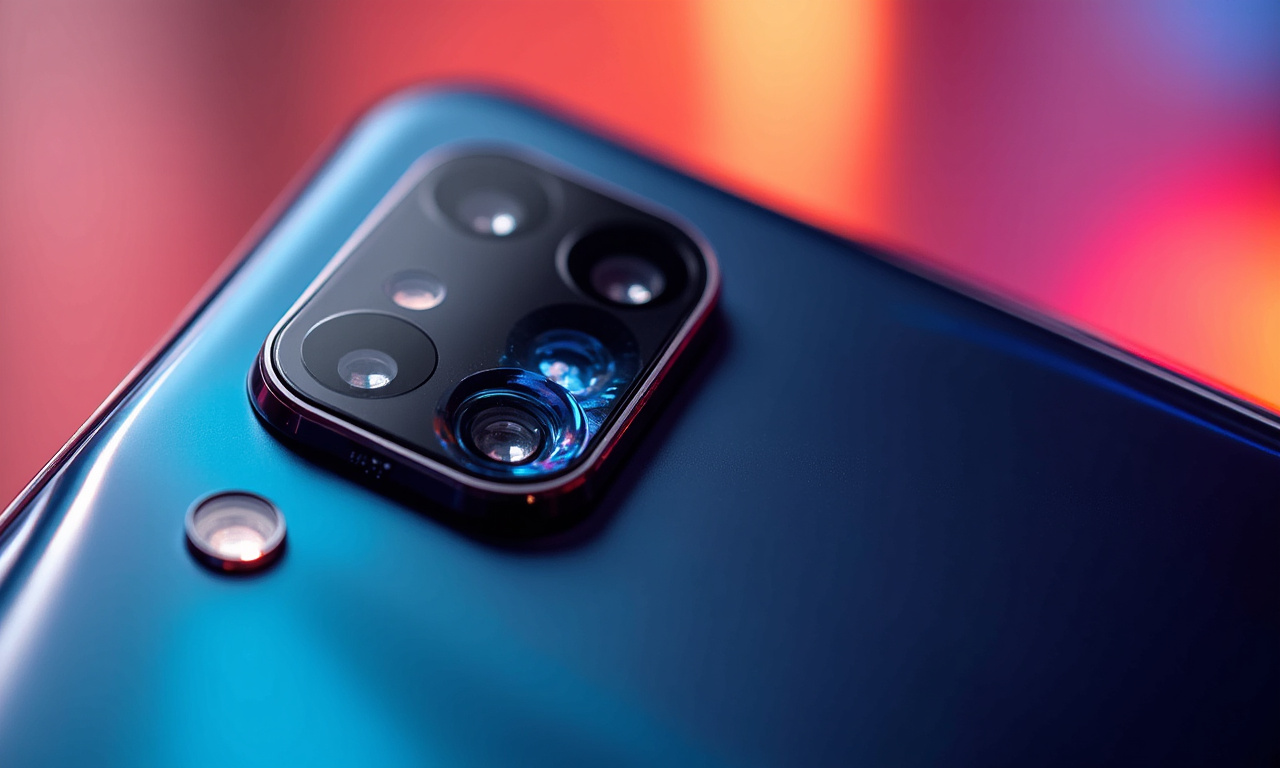Samsung has just made waves in the monitor world with the announcement of its Odyssey G75F, a 37-inch 4K VA panel that dares to chart new territory in the screen size department. It’s the first monitor to marry this particular size with a 3840×2160 resolution, stepping into an otherwise uncrowded corner of screen real estate.
Zooming In
The Odyssey G75F enters a market where what you see is rarely something you’ve never seen before. Yet, Samsung’s new entry tiptoes on the edge of convention by offering an option that’s not the usual 32 inches, but doesn’t overwhelm at 42 inches or more. With 37 inches, it just might be the Goldilocks choice for those seeking screen space without feeling like they’re front row at the movies.
Let’s dive into the specs that Samsung is banking on to impress the tech-savvy. The G75F sports a VA panel with a refresh rate of 165Hz and a contrast ratio of 3,000:1. Its 1ms response time syncs well with perkier gaming setups, and it accommodates DisplayHDR 600 and HDR10+ Gaming. Caveat alert: its typical brightness sits at 350 nits, which some might find a tad dim for HDR.
Curves are in, and the G75F embraces a significant 1,000R curve. It’s a bold choice that could split opinions between those who adore the immersion and those who cringe at the curve. Color-wise, it’s promising with 99% sRGB and 90% DCI-P3 color gamut coverage while touting support for over a billion colors. Vibrant visuals seem to be on the agenda.
The gaming-friendly feature list continues with AMD FreeSync Premium Pro certification and Auto Source Switch+ – a handy perk if you juggle multiple inputs. Samsung also throws in a splash of RGB flair with CoreSync & CoreLighting+. A treat for RGB enthusiasts perhaps.
Retailing around the $1,000 mark, this new Odyssey might just be the solution for those who want a bigger-than-usual 4K setup without going TV-sized. Alternatives do exist, like slipping into a 42-inch OLED TV with a high refresh rate for a similar price. The decision may come down to a spatial compromise or a superior panel preference.








